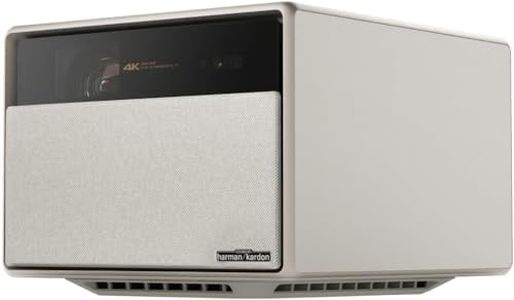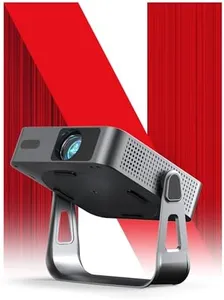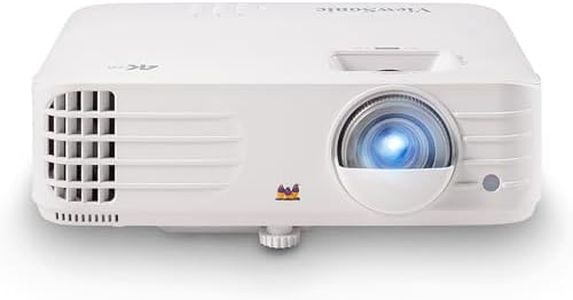We Use CookiesWe use cookies to enhance the security, performance,
functionality and for analytical and promotional activities. By continuing to browse this site you
are agreeing to our privacy policy
10 Best Portable Projectors
From leading brands and best sellers available on the web.By clicking on a link to a third party's website, log data is shared with that third party.
Buying Guide for the Best Portable Projectors
Choosing a portable projector can really level up your ability to enjoy movies, share presentations, or play games anywhere you like. The main goal is to find something that's easy to carry but still delivers enough quality and features for your needs. Before buying, think about how and where you'll use it—at home, outdoors, for work, or on the road. The right portable projector should balance image quality, ease of use, and versatility, fitting your lifestyle rather than just offering the most specs.Brightness (Lumens)Brightness, measured in lumens, tells you how well the projector image will show up in different lighting conditions. Higher brightness means a clearer, more visible picture, especially if you won’t always have a dark room. For truly portable projectors, lower lumens (under 500) are easier to carry and good for dark rooms, while 500-1,000 is better for indoor rooms with some light, and over 1,000 lumens is best for presentations or outdoor use after sunset. Consider where you'll use the projector most: darker spaces need less brightness, while outdoor and daytime use demands more.
ResolutionResolution describes how sharp and clear your projected image will be, and it's usually noted as numbers like 480p, 720p (HD), or 1080p (Full HD). Lower resolutions like 480p work for casual watching or sharing quick content, but you’ll notice more fuzziness. 720p is a good middle ground for viewing in a small group, and 1080p is best if you care about clarity, especially for movies and fine details. Decide what matters more: top-quality picture or having a simple, faster setup for occasional use.
Portability (Size and Weight)Portability refers to how easy it is to carry the projector around. Compact models are light and can fit in one hand or a small bag, making them great for travel, camping, or moving from room to room. Slightly bigger ones might be less convenient to carry, but they often provide better image quality and more features. Think about how and where you’ll move it—if you want something you can slip in a backpack every day, go for the smallest/lightest option; if it’s just going between home and car, a bigger one might be fine.
Battery LifeA built-in battery means you aren’t tethered to a plug, making the projector truly portable. Shorter battery life (around 1-2 hours) might only play a short movie or presentation, while longer (3+ hours) gives you more freedom. If you plan to use it outdoors or somewhere without easy power access, make sure the battery life matches your expected usage—otherwise, you might need to carry a power bank or extension cord.
Connectivity OptionsConnectivity covers the different ways you can hook up devices to your projector, such as HDMI ports, USB, memory card slots, Bluetooth, or Wi-Fi. More options mean more flexibility: HDMI and USB are standard for laptops and media sticks, while Bluetooth or Wi-Fi support helps you go wireless for streaming from a phone or tablet. Think about your main sources—if you always stream from your phone, wireless is crucial; if you use laptops or game consoles, focus on HDMI.
Speakers and Audio OutputBuilt-in speakers make it easy to get started anywhere, but tiny speakers might sound weak. Some portable projectors let you connect headphones, portable speakers, or soundbars for better audio. For small, quiet gatherings, built-in speakers could be enough; for bigger groups or outdoor movie nights, plan for external audio options.
Keystone Correction and FocusThese features help you adjust the image so it appears straight, sharp, and not slanted or blurry, even if the projector isn’t perfectly placed. Manual controls are fine if you don’t mind tweaking, while automatic features save you time and hassle, especially if you move the projector often. If you want fast setup with little fiddling, prioritize models with good automatic correction.
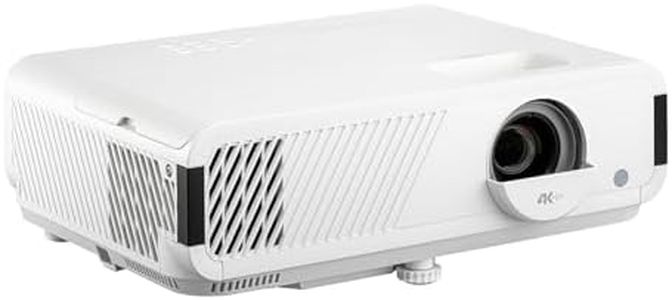
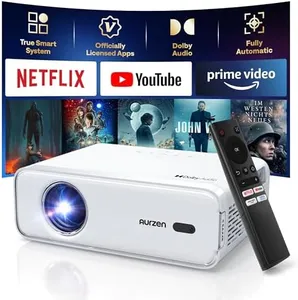
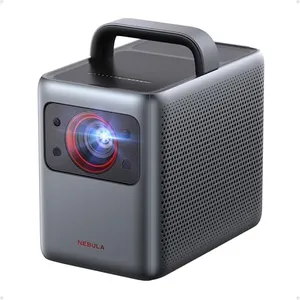
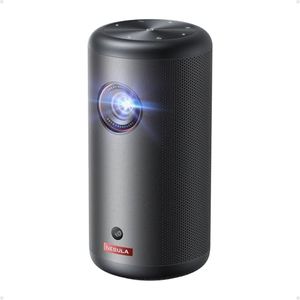
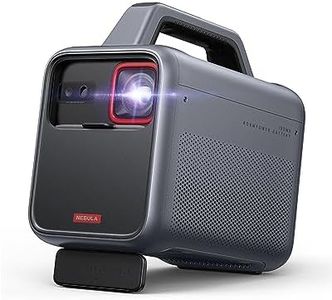
![[Netflix Official & Electric Focus] 2025 Upgraded XuanPad Mini Projector with WiFi and Bluetooth, Full HD 1080P, Auto Keystone, 210° Rotatable Stand, Smart Portable Projector for Phone](https://images-proxy.bestreviews.guide/rZ_kcYN1CVp6SJQRxPBDlgeZ28c=/0x300/https://m.media-amazon.com/images/I/516R9wCqYJL._AC_CX679_.jpg)

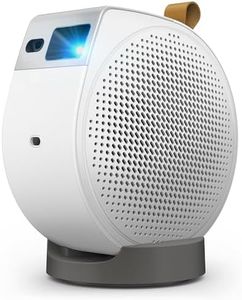
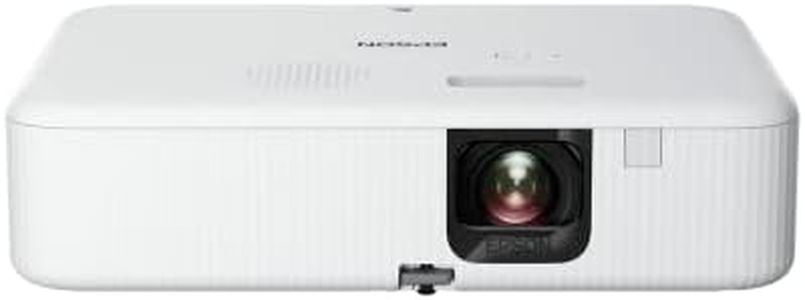
![Smart Projector 4K [Netflix Officially/Auto Focus/Keystone],VOPLLS 800 ANSI WiFi Bluetooth 1080P Full HD Portable Projectors with Dolby Audio, Moive Projector for Bedroom/Outdoor/Phone](https://images-proxy.bestreviews.guide/4nYkUo1dKdpWk77U3DZvu7e1KTI=/0x300/https://m.media-amazon.com/images/I/41lmSMihZ8L._AC_CX679_.jpg)
